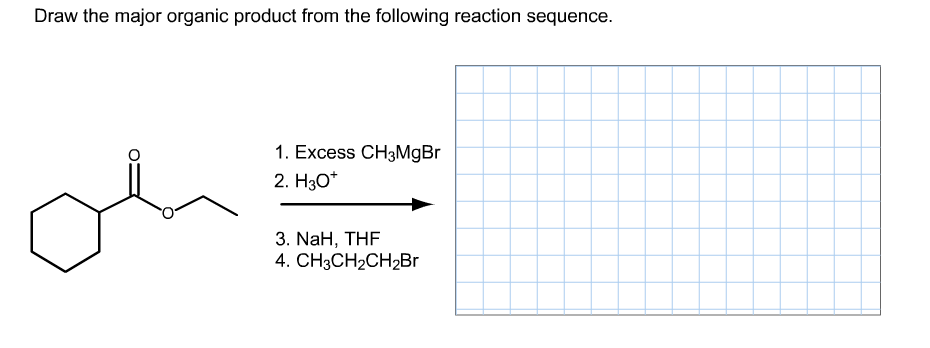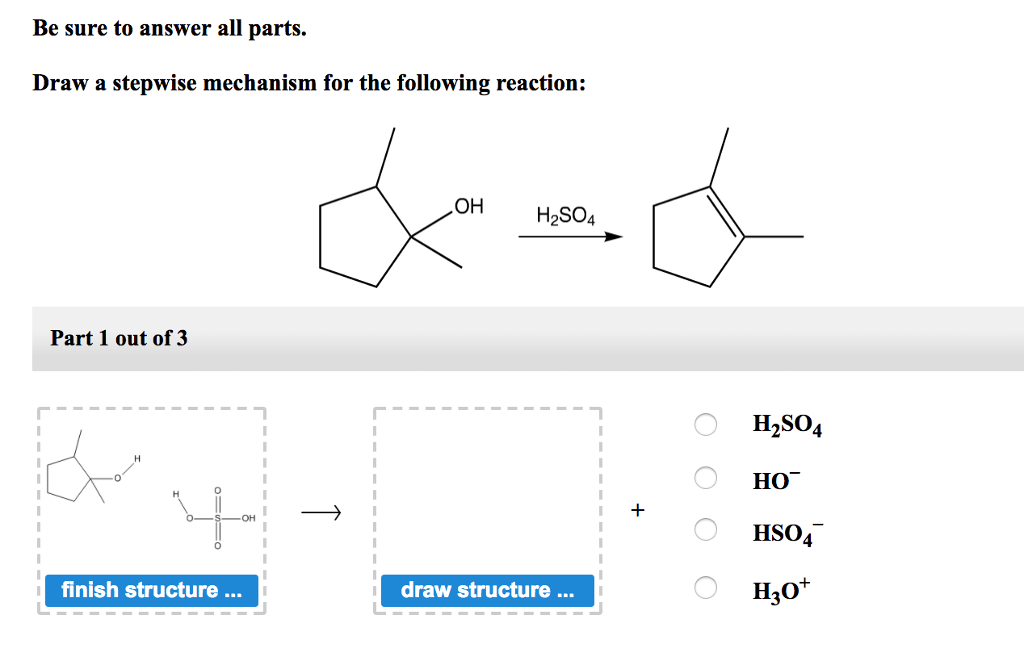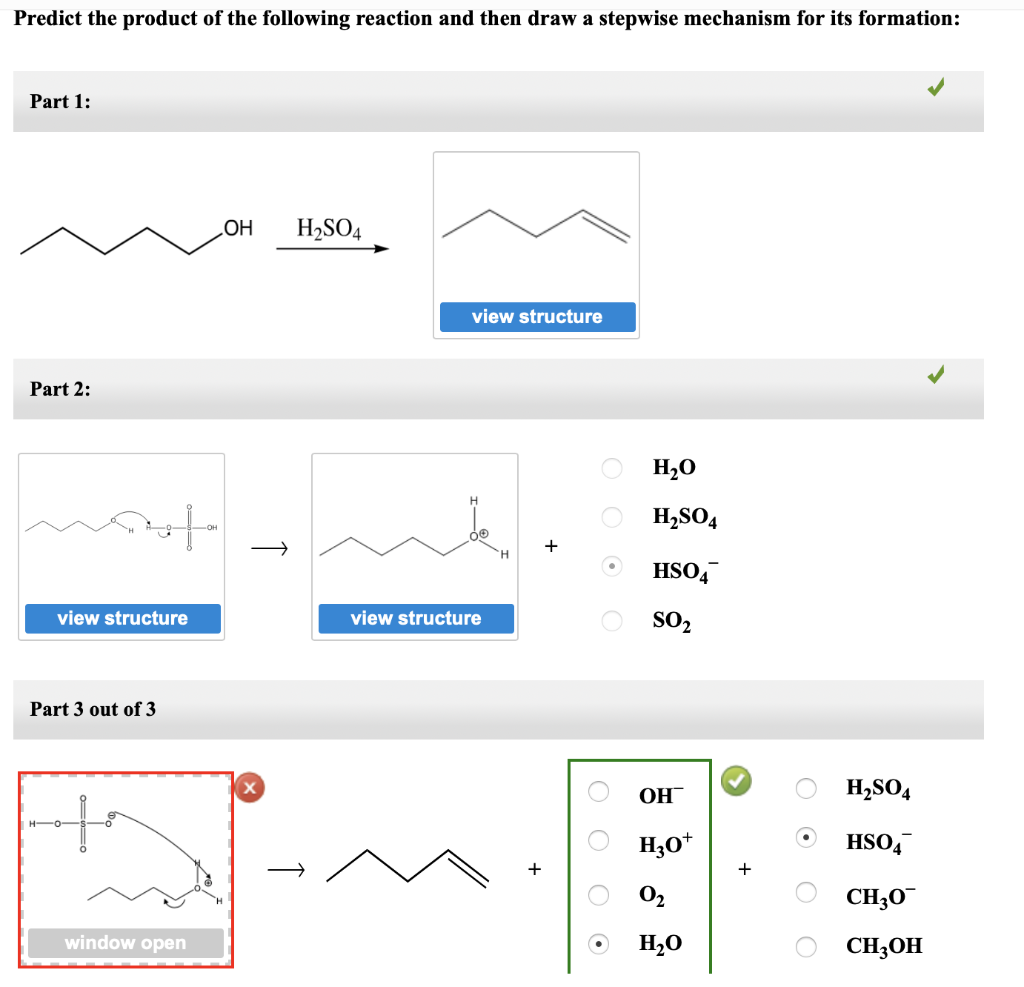Draw A Mechanism 2 Steps For The Following Reaction
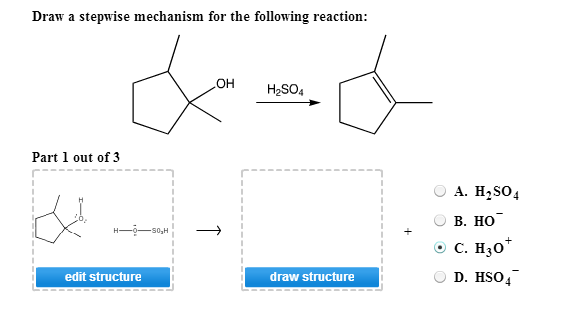
The academic community is abuzz following the recent release of a challenging organic chemistry problem: "Draw A Mechanism 2 Steps For The Following Reaction." The prompt, circulating widely among students and educators, has sparked debate and collaboration in online forums and classrooms globally.
The complexity of the reaction, requiring a deep understanding of electron flow and intermediate stability, makes it a significant learning opportunity for aspiring chemists. Its prominence underscores the ongoing importance of mechanistic reasoning in the field. This exercise emphasizes problem-solving skills.
The Challenge: Unveiling the Reaction Mechanism
The specific reaction presented varies depending on the source, but a common example involves the transformation of an alcohol to an alkyl halide. Typically, this transformation requires the use of a strong acid or a reagent such as thionyl chloride (SOCl2).
The two-step mechanism generally involves:
- Step 1: Protonation of the alcohol by a strong acid to form an oxonium ion. This increases the leaving group ability of the hydroxyl group.
- Step 2: Nucleophilic attack by a halide ion (e.g., Cl-, Br-) at the carbon bearing the oxonium ion, leading to displacement of water and formation of the alkyl halide.
Alternative reactions involving SOCl2 proceed through a different mechanism. The alcohol reacts with SOCl2 to form a chlorosulfite intermediate, which then decomposes through an SNi mechanism, retaining stereochemistry.
Significance for Students and Educators
The "Draw A Mechanism 2 Steps" problem serves as a valuable tool for assessing and reinforcing students' understanding of fundamental organic chemistry concepts. It tests their ability to:
- Predict reaction pathways
- Draw accurate reaction intermediates
- Use curved arrows to depict electron flow
- Identify leaving groups and nucleophiles
- Consider stereochemistry (where applicable)
Professor Emily Carter, a noted organic chemistry instructor at the California Institute of Technology, highlighted the problem's pedagogical value. "These exercises are crucial for developing a solid foundation in mechanistic reasoning," she stated. "Students who master these skills are better equipped to tackle more complex synthetic challenges."
For educators, the problem provides an effective assessment tool. It quickly reveals gaps in students' knowledge and understanding. Such problems stimulate critical thinking.
Potential Impact on Society
While seemingly confined to the academic sphere, the ability to understand and design reaction mechanisms has far-reaching implications. The skills developed through exercises like "Draw A Mechanism 2 Steps" are essential for:
- Drug discovery: Understanding how drugs interact with biological targets
- Materials science: Designing new polymers and materials with specific properties
- Environmental chemistry: Developing strategies for remediating pollutants
- Chemical manufacturing: Optimizing chemical processes for efficiency and sustainability
The development of new pharmaceuticals, for example, relies heavily on understanding reaction mechanisms. The design of catalysts for sustainable chemical processes is also directly related.
By fostering a deeper understanding of reaction mechanisms, this exercise ultimately contributes to advancements in these critical fields. This benefits society.
Expert Opinions and Resources
Dr. David Lewis, a renowned synthetic chemist at Harvard University, emphasized the importance of practicing mechanism problems. "Regular practice is key to developing intuition in organic chemistry," he noted. "The more mechanisms you draw, the better you become at predicting reaction outcomes."
Numerous online resources, including interactive tutorials and solved examples, are available to assist students in mastering reaction mechanisms. Textbooks and practice exams often feature similar problems. These resources are essential.
Online platforms like Khan Academy and Chem LibreTexts offer comprehensive coverage of organic chemistry principles. They provide valuable support for students tackling these challenges.
Conclusion
The "Draw A Mechanism 2 Steps For The Following Reaction" problem represents a fundamental challenge in organic chemistry education. It pushes students to apply their knowledge and develop critical problem-solving skills.
Its widespread use highlights the enduring importance of mechanistic reasoning in the field. Mastering these skills is essential for future chemists. It enables them to make significant contributions to science and society.
The impact extends beyond academia, influencing advancements in medicine, materials science, and environmental sustainability. By fostering a deeper understanding of reaction mechanisms, we empower the next generation of scientists to address some of the world's most pressing challenges. The implications are far reaching.
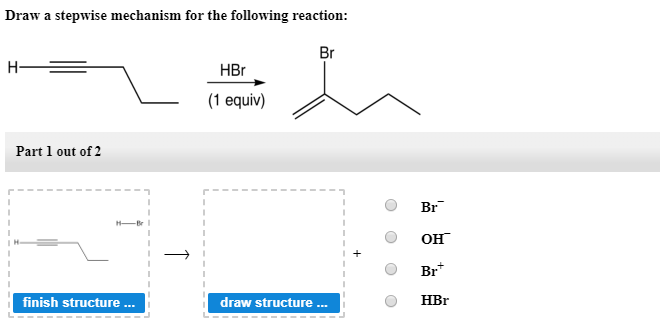
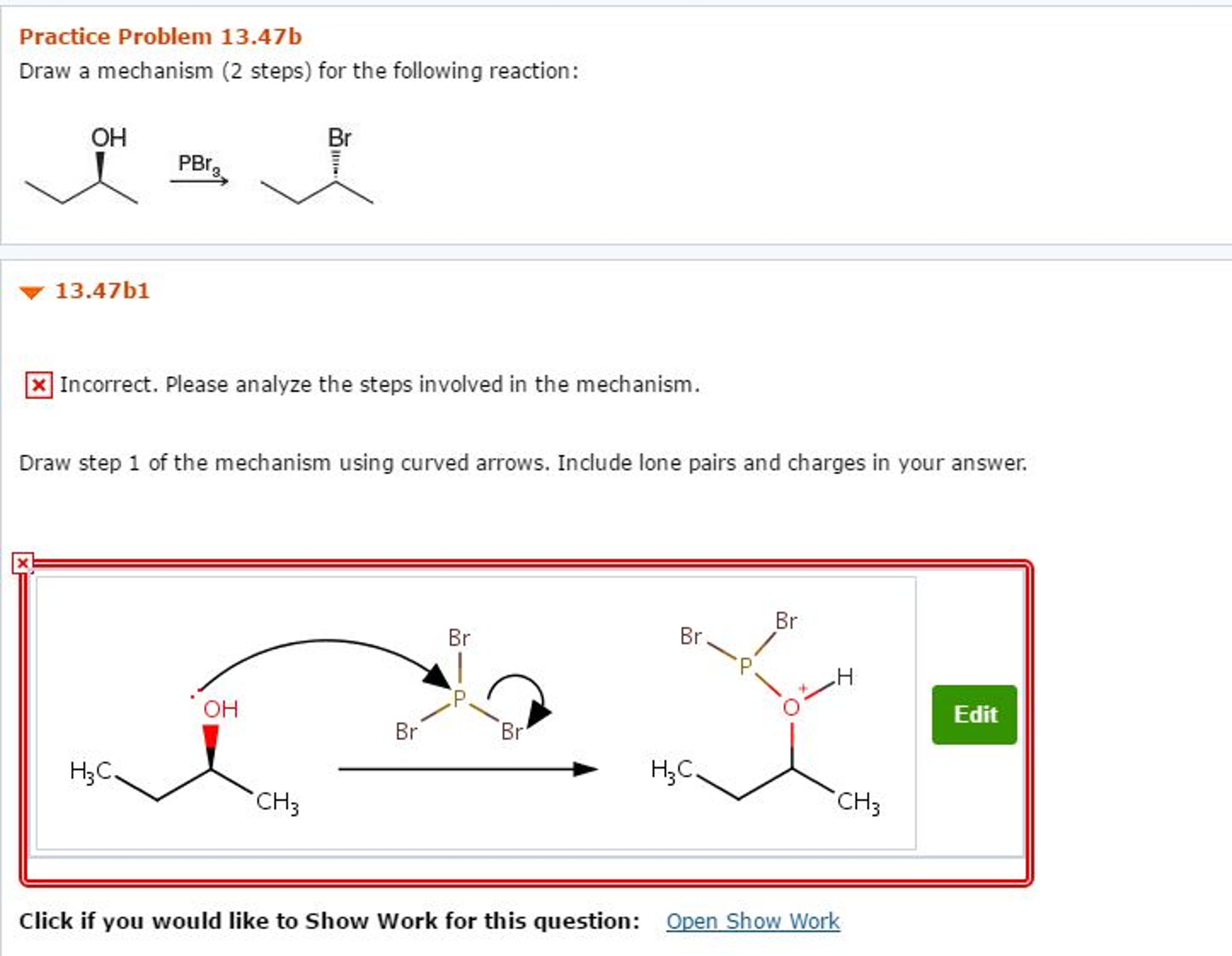

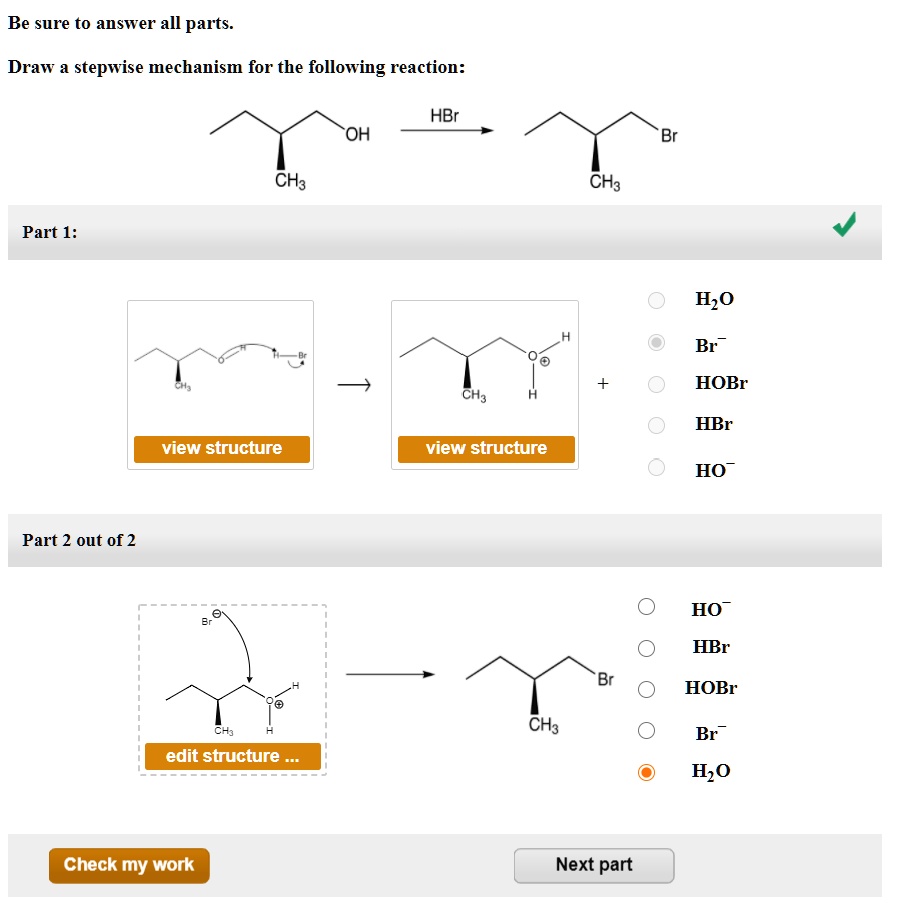
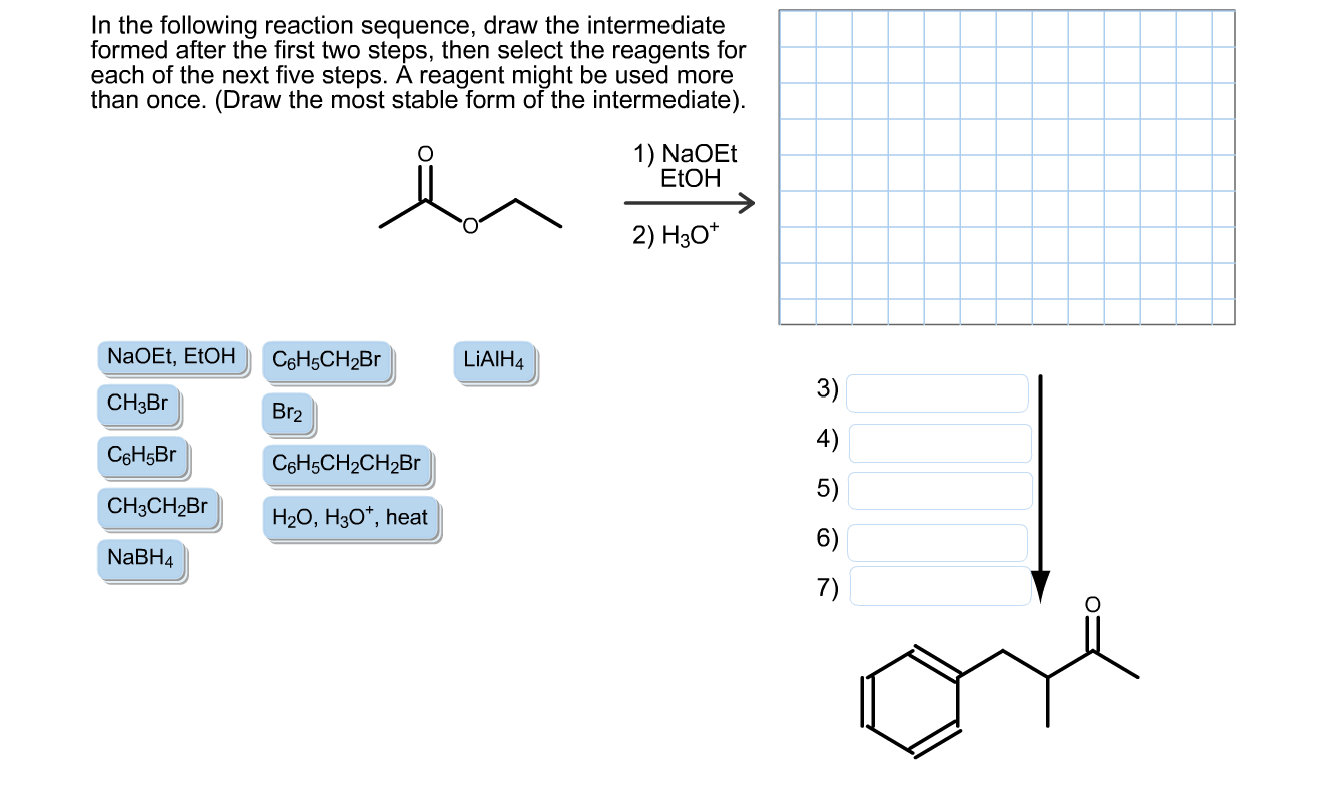
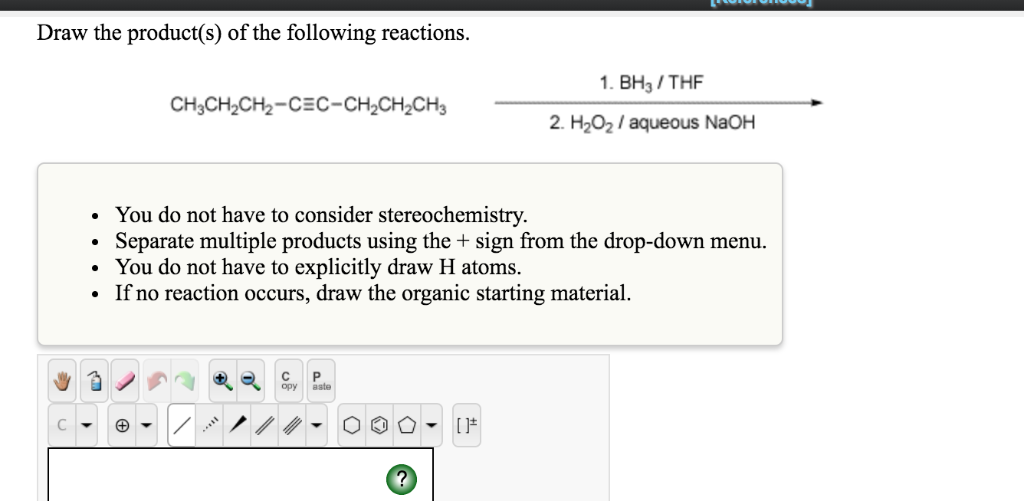
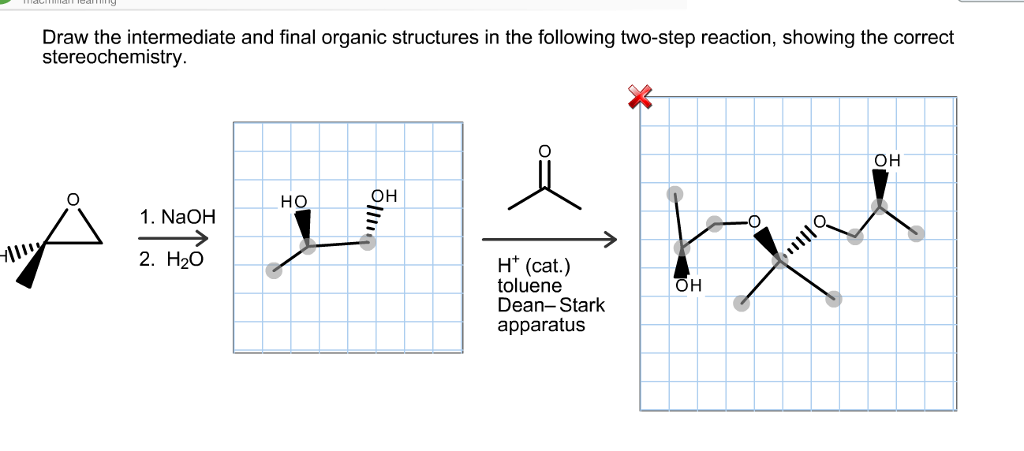

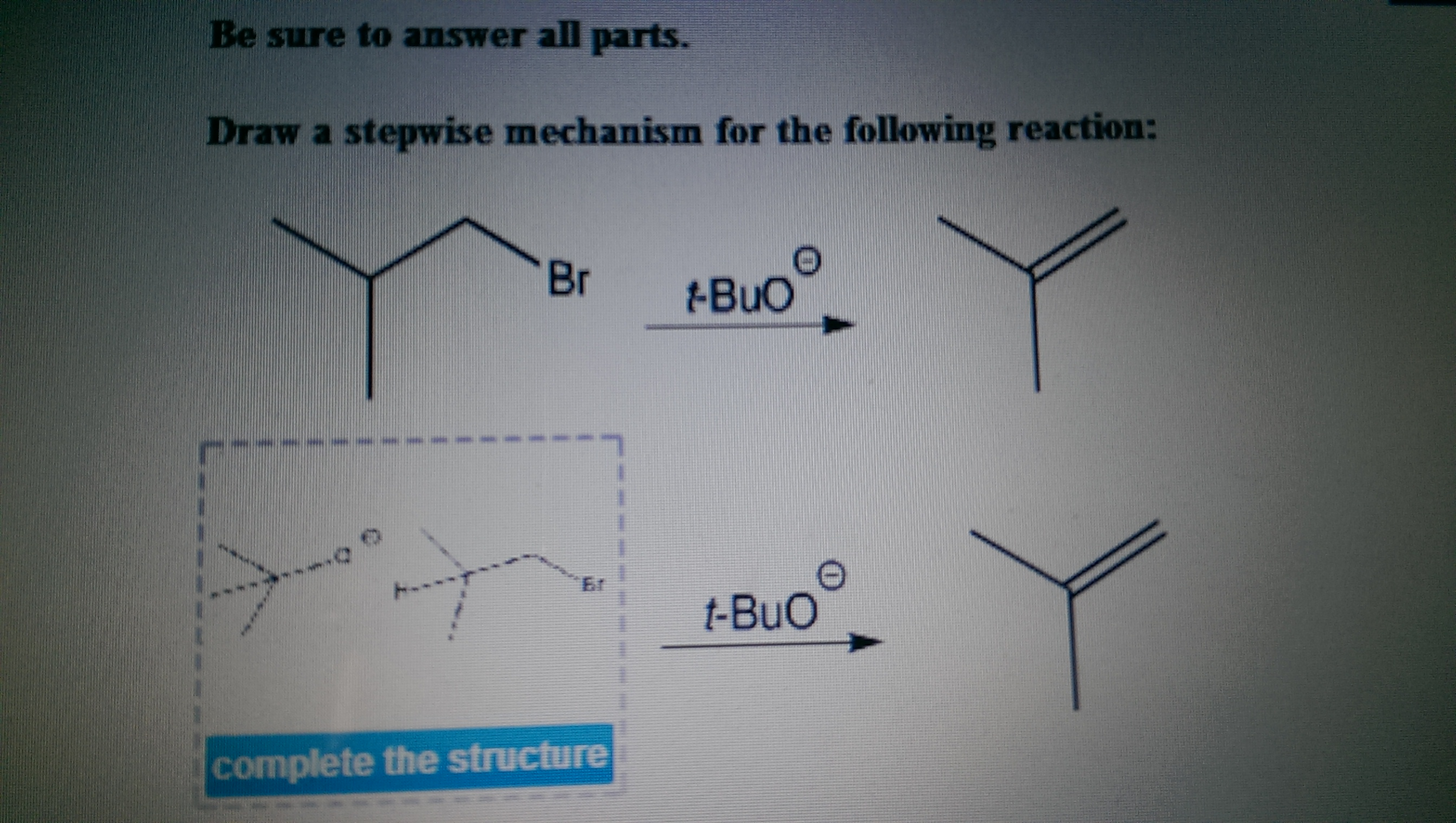
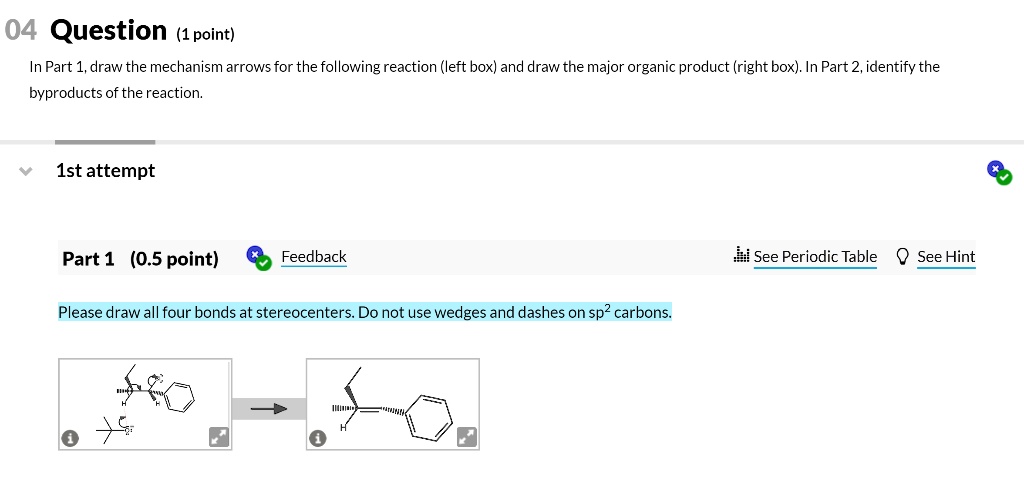
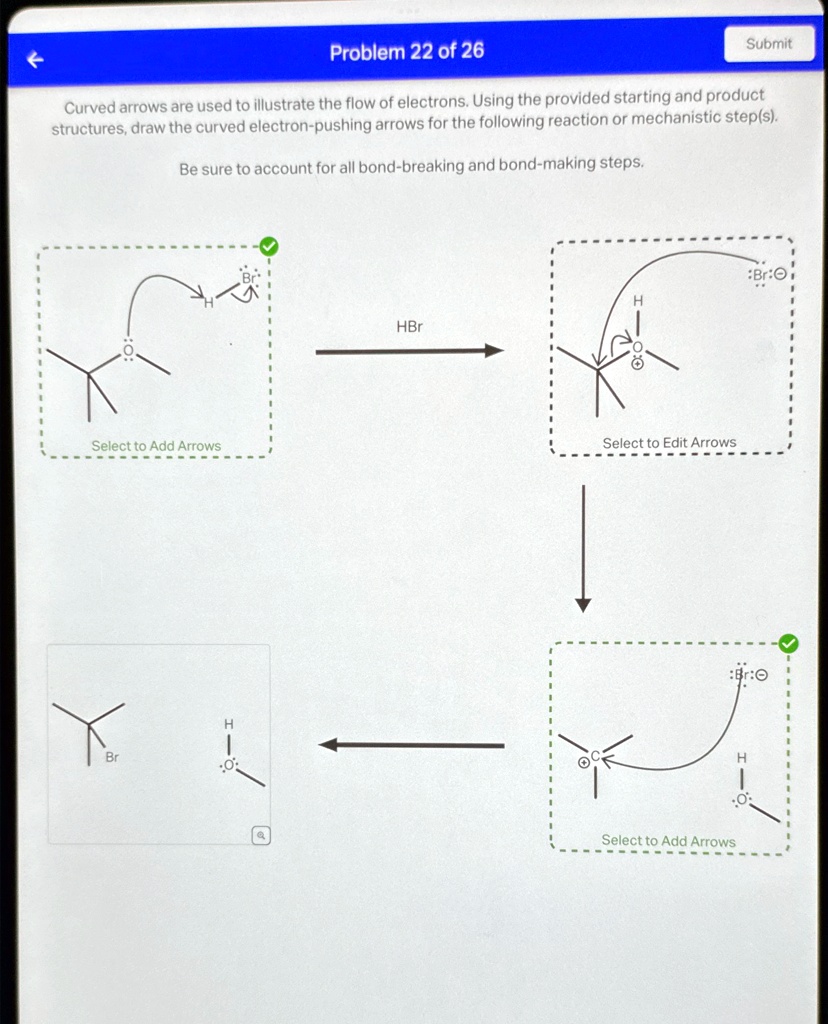
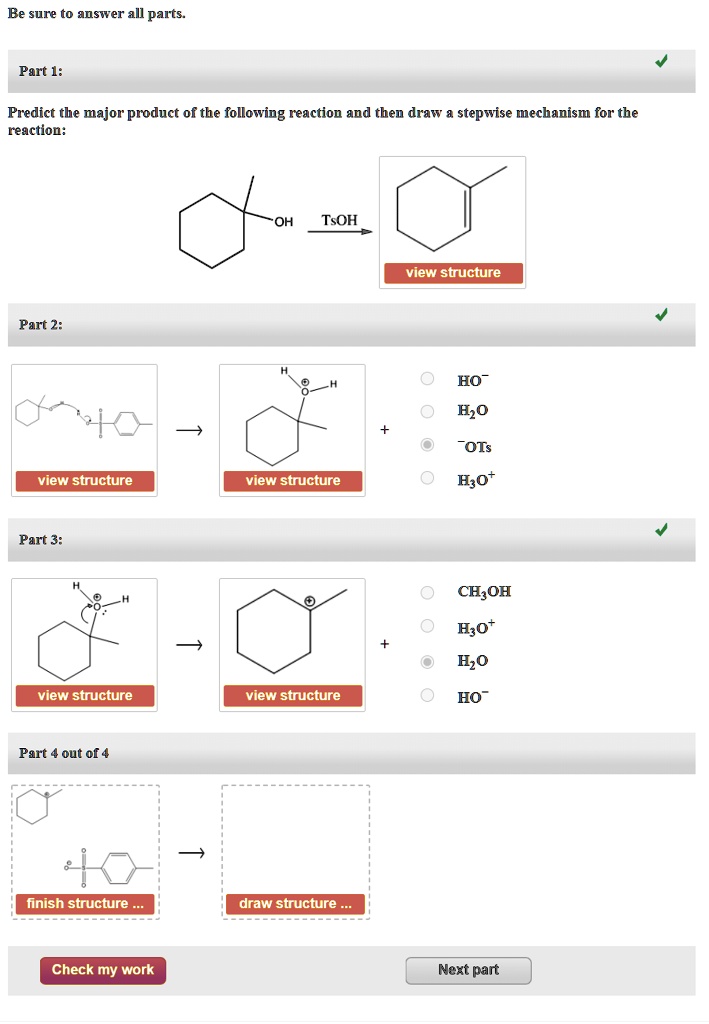
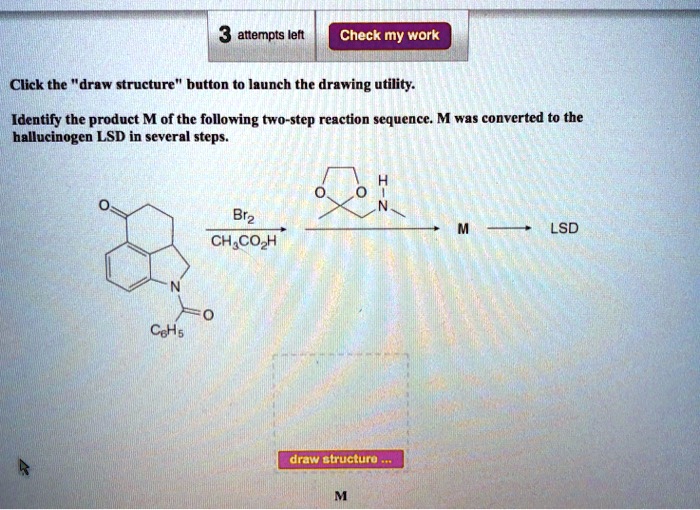

![Draw A Mechanism 2 Steps For The Following Reaction [GET ANSWER] mechamisms of sn2 and sn1 reactions ch7 page 2 draw the](https://cdn.numerade.com/ask_images/0d5d27d08e5b469d82cc5e4141b94f8d.jpg)
